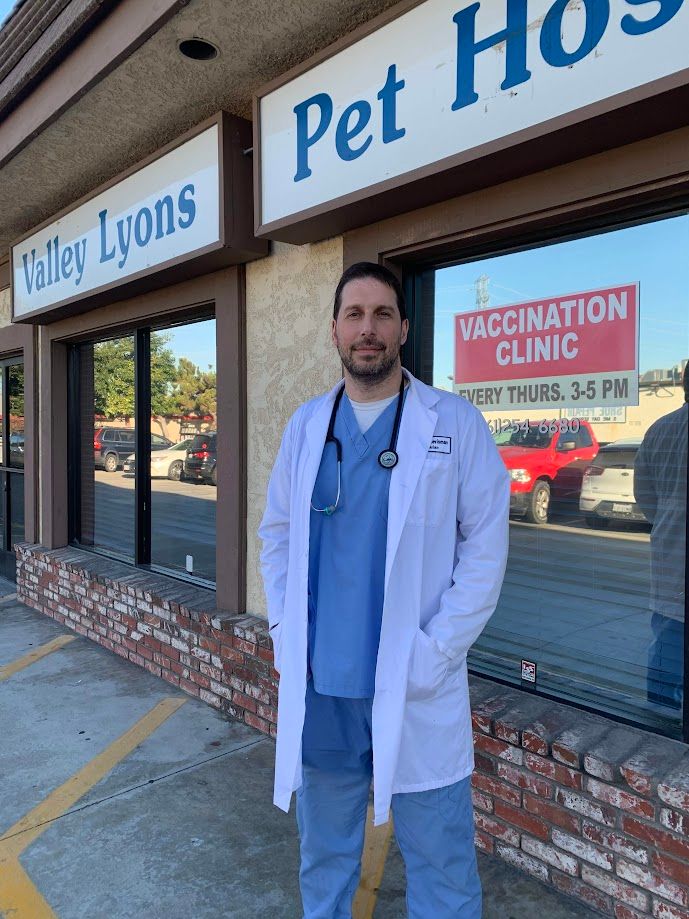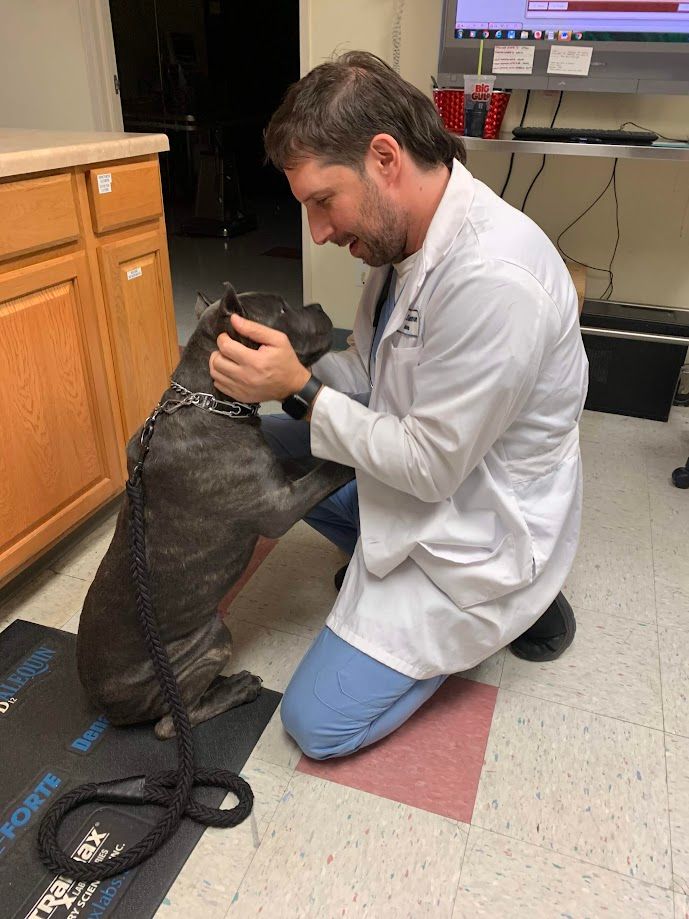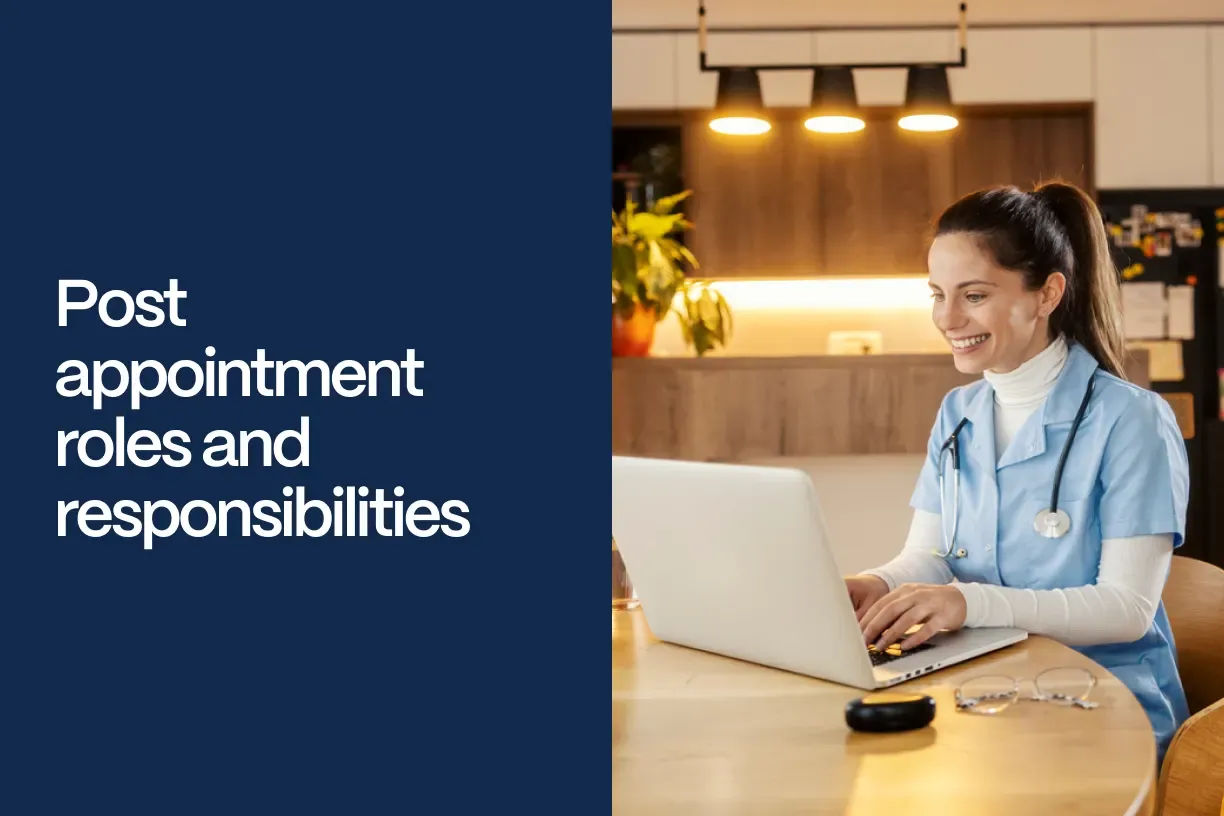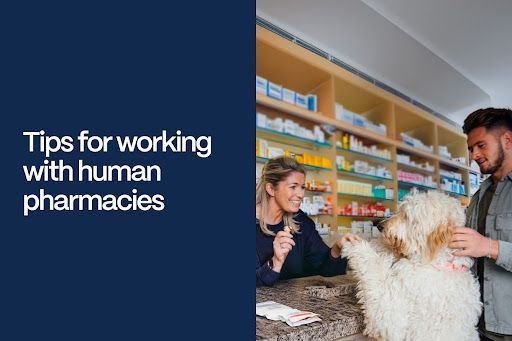Vet Spotlight: Dr. Levisman is a true Vetster star with 1500 Vetster reviews and counting.

Meet Dr. Levisman, a California-licensed, bilingual, and seasoned virtual veterinarian on Vetster with over 1500 reviews. Emphasizing visual assessments in telehealth, he utilizes video calls and file sharing for communication, and prioritizes client feedback in his treatment plans. He also focuses on providing convenient and accessible veterinary care, while being mindful of different client circumstances in handling urgent cases. In this interview, Dr. Levisman provides us with his insights and pearls of wisdom, based on his extensive experience in virtual care.
“I believe that sometimes we don’t take a moment to consider the context. We tend to opt for the “easier” choice—a referral—rather than thinking creatively about how to solve a problem when the options are limited.”

What types of conditions or concerns do you find are most effectively addressed through telehealth consultations?
Following common sense, I believe that conditions that can be visually assessed are best addressed through telehealth. Obvious examples include skin conditions (such as allergies, pyodermas, tumors, etc.), musculoskeletal issues (like lameness), dental/oral pathologies, and neurological concerns. Some organs or systems may ideally require a hands-on approach, but external variables can provide valuable clues. For example, in the respiratory tract, the respiratory pattern or type of nasal discharge may guide potential diagnoses. A good dual example is the ocular tract. While we can certainly observe many things externally, the eye is a separate world that sometimes needs to be examined in more detail in person. The gastrointestinal tract is also unique. While we cannot see most of it, given the frequency of gastrointestinal cases we treat on a daily basis, we can predict many conditions with a high degree of accuracy.

How do you ensure the accuracy of your assessments when you can’t physically examine the pet?
This is the million-dollar question! I would say there are two forbidden words in medicine and biology: "never" and "always." I recommend avoiding either of these words, as this will be a good first step. The lack of 100% certainty is something you cannot avoid when you first approach a case. Science is based on the premise that you suspect something and then need to prove it. However, veterinary medicine, as a science, also involves an element of art or craft. That's why many predictions are based on experience and intuition, along with common sense. You can't learn common sense; you either have it or you don't. You can confirm that a dog is vomiting, but you cannot determine the cause without additional information. The same goes for a dog limping or a cat coughing, etc. Therefore, several different paths will open up. If you have the opportunity to run supplemental tests or studies, that's ideal. However, it’s not just about "numbers" or "images." You treat the patient, not the data. You need to interpret the results with medical judgment. If supplemental exams are not feasible, that's when the "art" comes into play. By using medical criteria and practicing good medicine, you'll evaluate the response to the treatment you believe is the best fit for that patient in that context. For this, client feedback is essential.

What tools on Vetster do you use to facilitate communication with pet owners during a telehealth visit?
I believe that video calls are the perfect tool. They include almost everything that can closely mimic an in-person examination, without the obvious elements that can be only done in the exam room. Unless there is a major technical difficulty or some last-minute issue, I would always prefer a video call—not just to fulfill the legal requirement of “seeing” the patient, but also to gather as much information as possible. The ability with Vetster to upload different types of files, such as medical records, lab results, images, and even pictures when the video quality is poor, is a great addition to the regular interface. Additionally, the direct messaging feature is very helpful for follow-ups. It allows for fine-tuning the diagnosis or treatment within the first 24 to 48 hours post-appointment, which may improve the overall outcome.
Can you provide examples of follow-up care or recommendations you typically give after a telehealth consultation?
Firstly, you want to ensure that the pet parent is following your recommendations, especially in non-routine cases. Catching errors or misinterpretations early will help avoid complications. Therefore, the phrase “please keep me updated” is a must when concluding the appointment. I always recommend monitoring elements that the owner can evaluate without needing a veterinarian's expertise. Negative changes in energy level, appetite, awareness, respiratory pattern, etc., are among the most common indicators of worsening conditions. A very frequent consultation involves vomiting or diarrhea; thus, checking the status and frequency of either clinical sign is essential for adjusting the diet or prescribed medication.
Another common consultation involves behavior, where we may need to use pharmacology and start with a behavior modification drug. I am very adamant about scheduling a follow-up consultation 5 to 6 weeks after the initial one, and I will not provide any refills if that appointment does not take place.
It’s also important to check if the pet is responding (or not) to the treatment plan. If we have exhausted all possibilities that can be addressed at home without improvements or positive changes, I will always recommend taking the pet for an in-person examination for a more comprehensive assessment.
Finally, pet parents are spending money that may represent a significant portion of their regular budget, and I believe it is important to honor that, especially when it is clear that they are making a considerable effort.

How do you handle emergencies or urgent cases that may arise during a telehealth session?
I have two approaches: the “ideal” approach and a more “down-to-earth” one. Regardless of the choice, the client must understand all the limitations, as well as both the negative and positive impacts of the decision. If the pet lives in an urban area, is owned by an adult with no disabilities, and has available transportation, the straightforward answer is to take the pet to the emergency room (ER). However, if the pet resides with an elderly person in a remote area and lacks transportation, I will explore every possible option they might have at home to replicate the treatments that could be provided at the ER. I believe that sometimes we don’t take a moment to consider the context. We tend to opt for the “easier” choice—a referral—rather than thinking creatively about how to solve a problem when the options are limited. While there may be situations where no options are available, at least we have explored the possibilities.

How do clients respond to this type of service and what feedback have you received?
In general, clients are very grateful, whether expressed in their own words during the appointment or through reviews afterward. I particularly appreciate clients who come with a fixed idea before the appointment such as “I want antibiotics” but leave the decision up to me after the call. They are able to listen to my perspective, understand the medical reasoning behind why it might or might not be necessary, and ultimately follow the recommendations based on the assessment. They are obviously thankful for that.
The convenience that Vetster offers to clients and pets is perhaps the most appreciated feature. Whether it's because they don’t have to take a day off from work, live far from the nearest veterinary clinic, lack a car, or are disabled and need assistance, I believe that “convenience” should be Vetster's flagship feature.
If you're interested in being featured in our blog, please contact Jennifer, our Manager of Veterinary Success by emailing jennifer@vetster.com.
Looking to join Vetster?
You may create an account as a veterinary professional, or learn more here.



